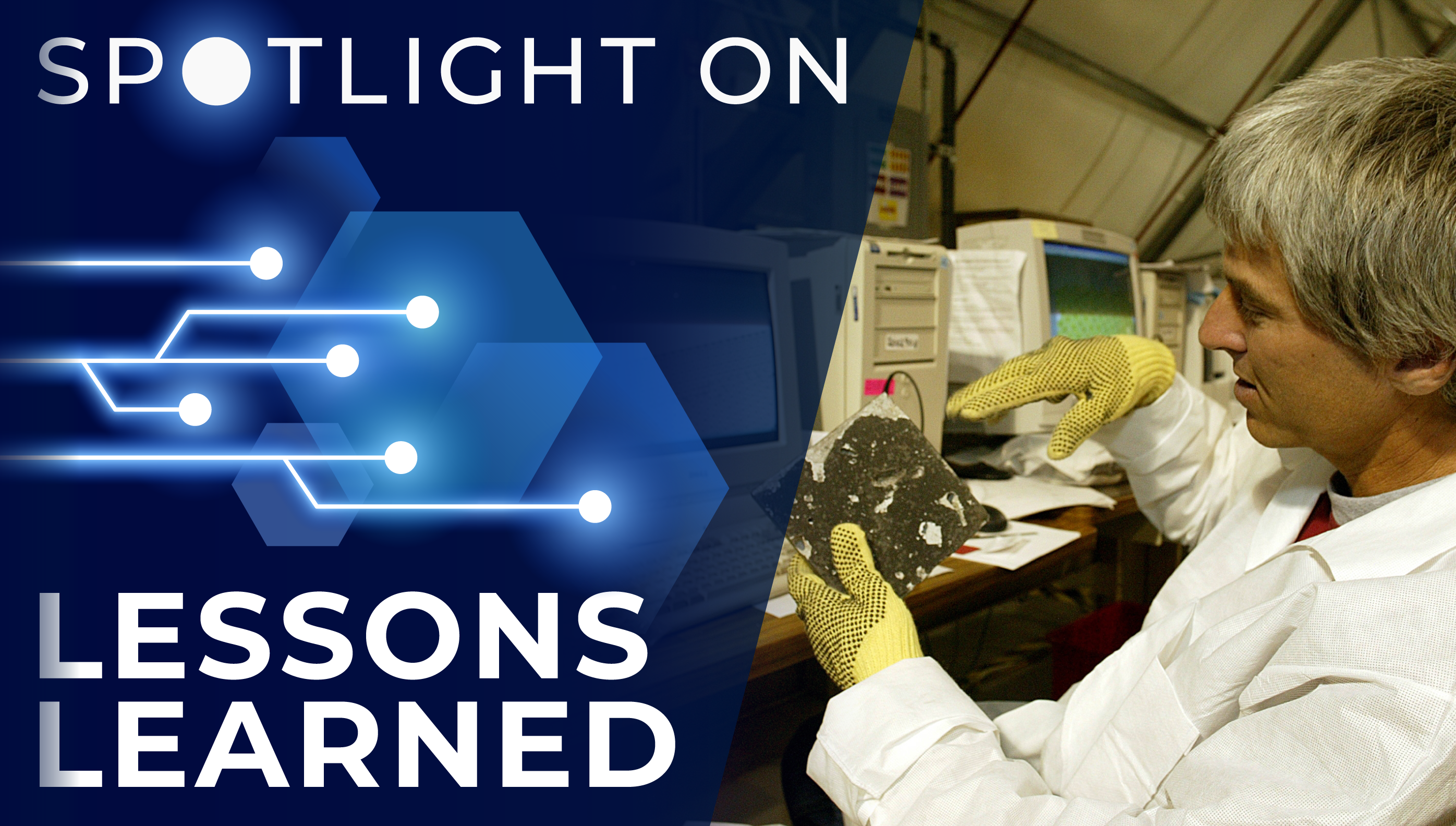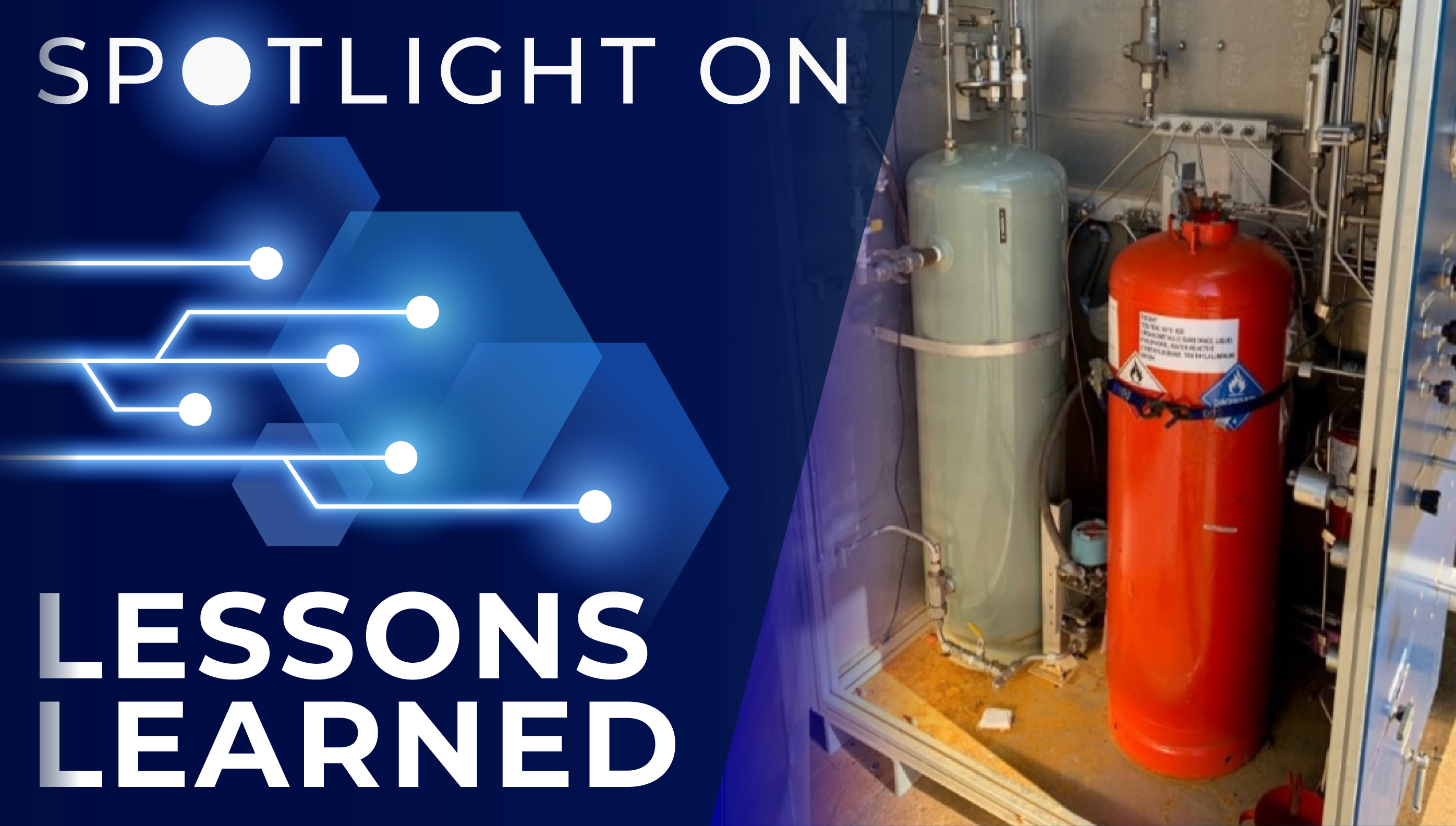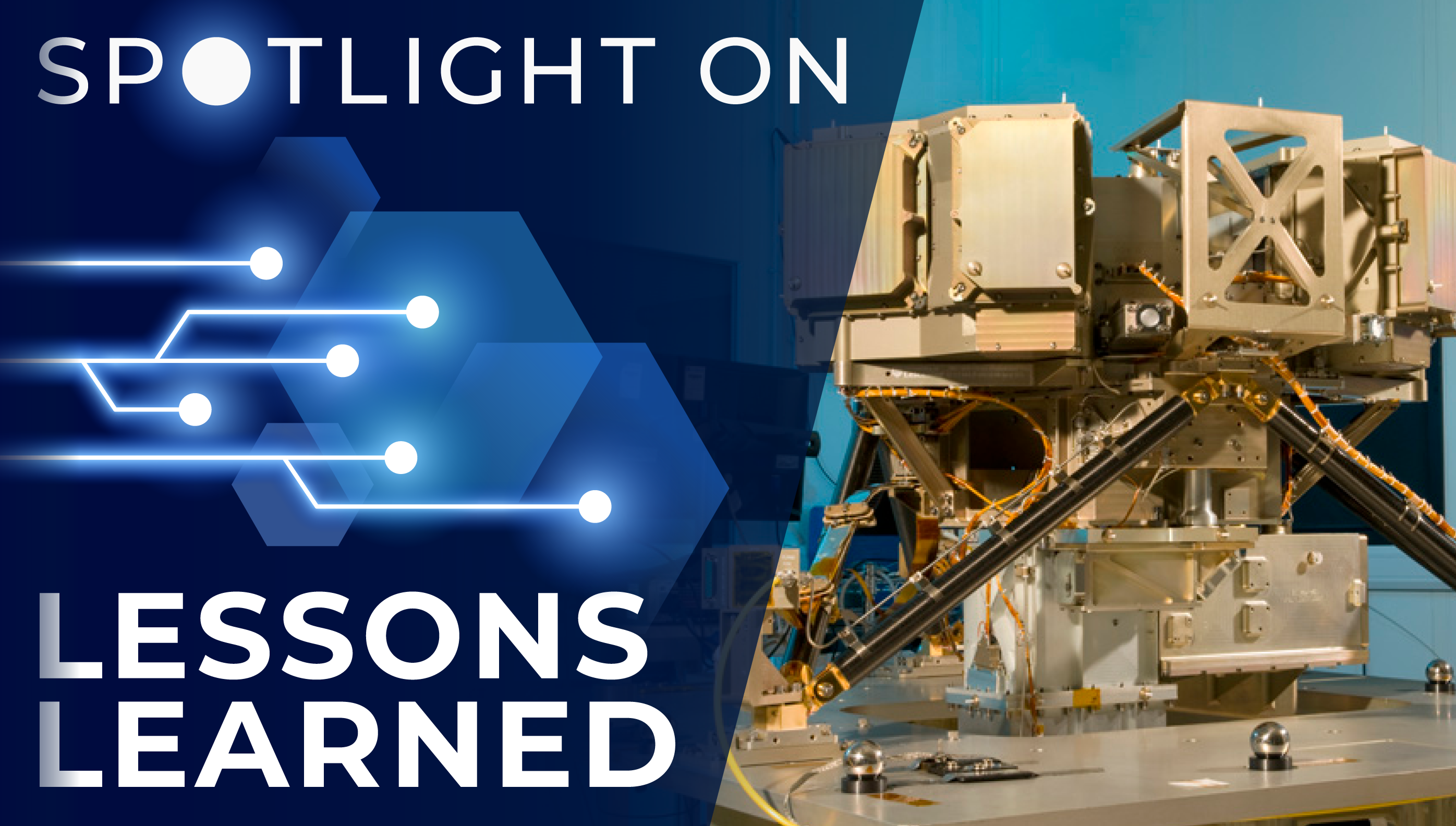
Good acquisition management emphasizes not only what – but how – to buy.
The Orbital Space Plane (OSP) Program created an Acquisition Management Office (AMO) early on in the program specifically for developing an acquisition strategy and Request for Proposal (RFP) and Source Evaluation Board (SEB) support. AMO brought procurement specialists in at the beginning, provided training in advanced procurement methods, benchmarked other successes, and included the contractors in the RFP development.
OSP was a NASA program in the early 2000s designed to provide rescue and transfer capability from the International Space Station. During development of the OSP Design and Development RFP, there was much discussion concerning when and how to transition to an operational system to ensure appropriate attention to the transition and ensure flexibility for the government.
RFP development was a successful collaboration of engineers, managers, and procurement specialists from across the country. Co-location was the most efficient setting for efficient document development but early involvement through distance collaboration enhanced the co-location meetings. Distance collaboration was implemented using Projectlink, a secure, web-based IT tool. Contractor participation in RFP development resulted in a quality product where quality is defined as a clear articulation of the work to be contracted by the government and a clear understanding of government intent by the bidders.
Lesson Number: 1509
Lesson Date: July 1, 2003
Submitting Organization: Marshall Space Flight Center
HIGHLIGHTS
LESSONS LEARNED
- It would have been beneficial for other OSP personnel to have been part of the AMO training to understand how to effectively implement the acquisition strategy in the transition to the development phase of the program.
- Government/contractor meetings that involved all bidders were of almost no value because the contractors would not communicate openly. Conversely, prospective bidders communicated freely in one-on-one government/contractor sessions, and these sessions were very effective.
RECOMMENDATIONS
- Plan how you buy as carefully as what you want to buy.
- Acquisition training should begin with research and benchmarking of NASA and DoD best practices.
Consult the lesson learned for complete lists.

Scott Syring
Photo Credit: NASA
NASA Kennedy Space Center Procurement Policy Chief Scott Syring on the importance of this lesson learned:
It all boils down to engagement. OSP did an awesome job setting up the Acquisition Management Office (AMO) with a dedicated staff under the direction that this was now their full-time job. This signified the leadership’s commitment to OSP. Today, we establish a Requirements Development Team with formal appointments when starting an acquisition, similar to what OSP did back then with AMO. A successful acquisition begins with a full-time team, committed to the requirements definition and subsequent acquisition processes. It shows that the organization’s leadership is placing importance on the new mission or requirements. This is key in the success of any acquisition.
The RFP is the easy part. The harder part is defining your requirements — statement of work, technical instructions, Data Requirements Descriptions, and areas most important for proposal evaluations. Good requirements definition is essential to success as it can minimize the need for contract changes after award. Contract change modifications can take a lot of time and resources — not to mention the cost impacts. It’s a lot harder to do a negotiation after award when the government has less leverage in the absence of competition. That’s why it’s critical that we spend time developing our requirements right at the beginning in a competitive environment, so that there will be less sole source negotiations after contract award.
Industry Days are often held with a group presentation to all interested parties and then followed up with one-on-one meetings. While the group presentation may not result in much feedback due to bidders’ unwillingness to share openly in front of others, this meeting is a key part in the process. It demonstrates our transparency and ensures that all parties are receiving the same information. Following an informative presentation, you can expect to receive lots of feedback during your one-on-one meetings, similar to the OSP Program’s experience. So don’t be disappointed if you don’t immediately see the feedback expected. It will definitely come in your one-on-one meetings and as the acquisition progresses through RFP release.
Source Evaluation Boards are a lot of work, but extremely rewarding. So, if you ever have the opportunity to participate in one, don’t hesitate. Jump in and engage!
Related Resources
Spotlight on Lessons Learned is a monthly series of articles featuring a valuable lesson along with perspective from a NASA technical expert on why the lesson is important. The full lessons are publicly available in NASA’s Lessons Learned Information System (LLIS).
If you have a favorite NASA lesson learned that belongs in the spotlight, please contact us and be sure to include the LLIS Lesson Number.









